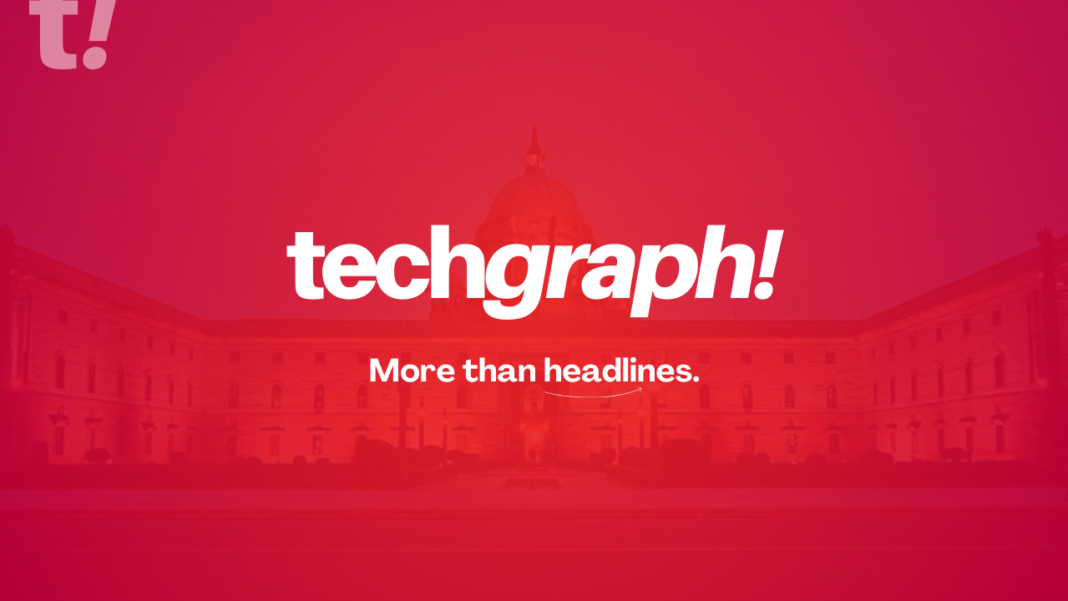It’s 2022, and direct-to-consumer (D2C) brands are here to stay. In the last 2 years, people’s buying habits have seen a 180° turn. Traditional or offline shopping has seen a major lull and more people are purchasing their products and services online now than ever before, potential customers have more options than ever to learn about your services and become long-term customers.
These opportunities, however, are easily missed in a traditional marketing paradigm, and companies who maximize their efforts with performance marketing will be the ones to catch this surge of new D2C shoppers. So, if you’re a direct-to-consumer brand in 2022, and you’re not focused on performance marketing as a core component of your business strategy, you could be missing out.
Performance Marketing
Performance marketing, in practice, refers to any online marketing or advertising activity in which marketers pay marketing platforms when a specific, measurable action is made on those platforms. Unlike traditional marketing, which requires advertisers to pay advertising providers in advance in the hopes of receiving a response, advertisers only pay when a specific condition is met, such as a product purchase.
Just as the need for D2C businesses to use all the tools at their disposal — such as performance marketing — has increased in the ever-increasing march toward a global digital marketplace, so has the demand for D2C businesses to use all the resources at their disposal.
Cost Calculation of Performance-based Marketing
The main feature of performance marketing is that you only pay for marketing that achieves a certain goal. You won’t have to pay anything if it doesn’t meet your expectations. If the prerequisites are not met in either case, you will not be charged by the hosting platform. So it doesn’t count against your budget if someone sees your display ad but doesn’t click it, or if someone clicks through on your ad but doesn’t sign up for your email list.
This variable cost approach is critical for D2C brands’ success since it allows you to better control costs while also optimizing your marketing spending to boost growth. Smaller companies in growth don’t suffocate their razor-thin margins with exorbitant marketing costs. In contrast, industry heavyweights can use their higher budgets to carve out more market share through more effective advertising.
Cost Metric
Here are some of the most prevalent models that will charge when the end user’s needs are met, as well as some of their most common applications:
CPM (Cost per mille): This is also known as cost per thousand (“thousand” being English for the French “mille”). It’s exactly what it sounds like — you are charged an amount for every 1,000 people who see your ad or 1000 impressions.
CPC/PPC (Cost per click/Pay per click): Cost per click is also what it sounds like: you’re charged only when a user clicks on your ad.
CPL (Cost per lead): CPL pricing means you are only charged for your effort once a user takes some discrete action to sign up as a qualified lead for your business. This usually involves signing up for an email list or similar database, so you can further interact with these now-qualified leads.
CPA (Cost per acquisition): Under a CPA pricing scheme, a cost is incurred for the advertiser whenever a new customer is “acquired.” What “acquired” is can change from campaign to campaign, but typically, you are charged when a customer’s debit or credit card is charged, or an order is processed.
Benefits of Performance Marketing over Traditional Marketing
Performance Marketing has many benefits when compared to traditional marketing. A few of these benefits are discussed below:
Risk Factor:
Brands have less risk when they use performance marketing tactics, which are directly tied to cost. Because you only pay when a certain action is done, you’re not squandering an entire quarter or year’s marketing money on an endeavor that may or may not succeed.
You may spend money just on initiatives that are successful with performance marketing, and you can adjust your spending and budget in real-time. This enables D2C brands to reduce the risk associated with each given campaign – a critical benefit for any D2C company, regardless of its goals, size, or vertical.
Cost Efficient:
Traditionally, a business would pay for advertising and marketing costs in advance, with no guarantee that the campaign would be effective. You purchase a billboard, provide the creative, the affiliate places the billboard, and that’s all there is to it. You pay a fee to an affiliate who hosts your marketing campaign, and you hope against hope that it succeeds. These costs are changeable in performance marketing and can be managed based on results.
Flexibility:
Performance marketing is a very adaptive strategy. You may adjust everything about your advertising efforts at any time thanks to the real-time data and control of performance marketing. You can resequence videos to optimize performance, add a CTA to encourage click-through, cut off failing campaigns before they eat up your cash, or boost your most successful campaign after it’s proven to be a statistically significant winner.
Efficiency:
The most crucial reason for D2C brands to move to performance marketing is also the most straightforward. Performance marketing is a more cost-effective way to sell your business. Performance marketing cuts costs, target more targeted and relevant potential customers, generates more qualified leads, gives you more real-time control over your advertising, and produces significant, measurable outcomes that affect your bottom line.
Simply put, performance marketing enables you to maximize your marketing dollars in ways that a traditional approach simply cannot. With a performance marketing strategy, you may advertise in a more flexible, cost-effective, and risk-free manner.
An Obvious Choice for D2C:
The lockdown was a blessing for the direct-to-consumer sector, causing internet demand to skyrocket. It was only achievable due to the availability of appropriate technologies to support this structural shift. So, no matter how far we advance, technology will continue to play an inextricable and seamless role in the evolution of the D2C industry.
In the direct-to-consumer market, your marketing must be effective, or your competitors will grasp the opportunities you’ve overlooked quickly and mercilessly. When you consider the tangible, specific benefits of performance marketing against traditional advertising, there’s really just one option for D2C businesses trying to grow in 2022: performance marketing.




